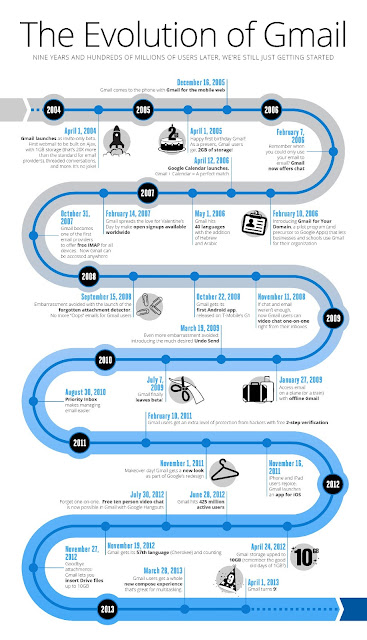Launches Smartwatch, Updates IPhone Line
It will start with a friend. A friend who lives in San Francisco, maybe. Or who works as a venture capitalist. Or who recently had a birthday.
This friend will be wearing an Apple Watch. And at first, you'll giggle. It's a wrist computer! It looks silly, like something out of Dick Tracy. You'll say something snide, like, "Get a lot of dates with that thing?" The friend will laugh good-naturedly. He'll show you some of the things the Apple Watch can do: Twitter notifications, turn-by-turn directions, conversations
with Siri. You'll pretend to be wowed. You'll move on to other subjects.
Then, a few weeks later, you'll start seeing more of these goofy-looking watches being worn by actual humans. Your boss will get one for Father's Day. They'll raffle one off at a benefit dinner. A hot woman will be wearing one in a restaurant and, somehow, be pulling it off. People will start talking about it in your earshot. Eh, the battery life isn't great, but it saves me a lot of time when I travel. Oh yeah, I use it to pay for stuff. Did you know you can share your heartbeat with this?
Better, cooler apps will be built for these watches. Silly apps that let you take selfies and send them places. Useful apps that put vital information on your wrist when you need it. Apps for work, for commerce, for killing time on the subway platform. Then the accessories will come: rich-looking leather bands, gorgeously thin Chanel straps, carrying cases that have an extra battery tucked away inside. You'll get numb to the boxy, geeky look of the watches. Maybe one day, you'll catch yourself admiring one from afar. Is that ... an Apple Watch?
And then, sometime around June, you'll get an unexpected infusion of cash — a security deposit you forgot you'd paid, or a few hundred dollars from your tax return. And you'll find yourself on Apple.com late at night, admiring the watch, wondering if the $349 you'd spend would ever really be worth it.
What the hell, you'll say. Add to cart.
For all the hemming and hawing about the devices Apple released yesterday — the tech specs, the dimensions, the informed analysis of How It Will All Work Together — the most overlooked aspect of the entire day was that Apple gadgets have always been, and will always be, pure fetish objects. Our iPhone, iPad, and Macbook Air purchases may end up helping us be productive at work, or saving us time on the go, but our decision to buy them always starts with the same thought: This looks cool and I want one.
This instinct, and the simple, primordial envy that produces it, is what's made it possible for Apple to sell luxury devices to the masses even in a time of stagnant wages and widening inequality, inspiring millions of people to stretch their budgets in order to accommodate yet another device they can't really afford. It's what's made my first thought, after dropping a $600 piece of metal and glass in the ocean by accident last year, not "Why did I buy a $600 piece of metal and glass that isn't waterproof?" but "Where can I get another one, stat?"
A few months ago, I wrote about wearables — the unfortunately named category to which the Apple Watch now belongs. My prognosis wasn't great. I thought that "despite all the buzz surrounding wearables, it isn’t clear who’s supposed to be buying them," and wondered aloud who, exactly, would be willing to shell out hundreds of dollars for a glorified notifications screen for their wrist.
But I left myself a small opening. The smartwatch, I wrote, "could succeed as a high-end fashion accessory" if designers conspired to turn it from a geek status symbol into something truly trend-worthy.
This is, of course, exactly what Apple wants to do. By putting the Apple Watch in the hands of fashion people rather than just tech and marketing experts, by making it cost $350, by letting third-party designers accessorize the hell out of it, Tim Cook is going to try to turn the Apple Watch into something aspirational — a thing you covet not because it's got an S1 processor or a Taptic engine, but because having it on your wrist will make you feel better about yourself.
I know, a fashionable smartwatch sounds like an oxymoron. But that's the strategy here. And if it works, you'll find yourself succumbing to the pressure eventually — just like you did with the iPhone, just like you did with the iPad, just as you'll do with any number of future Cupertino-conceived gadgets.
The bottom line is that you'll never need an Apple Watch. But you may very well want one. In wristwear, as in computing, Apple's social engineering may matter more than its technical engineering.






